Historical events on June 1
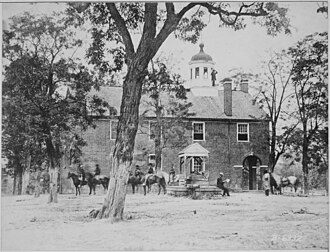
JUNE 1, 1861
The first land battle of the American Civil War after Fort Sumter took place in the village of Fairfax, Virginia.
The Battle of Fairfax Court House was the first land engagement of the American Civil War with fatal casualties. On June 1,
Read More
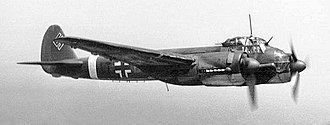
JUNE 1, 1943
Eight German Junkers Ju 88s shot down British Overseas Airways Corporation Flight 777 over the Bay of Biscay off the coast of Spain and France, killing actor Leslie Howard and several other notable passengers.
The Junkers Ju 88 is a twin-engined multirole combat aircraft designed and produced by the German aircraft manufacturer Junkers Aircraft and Motor
Read More
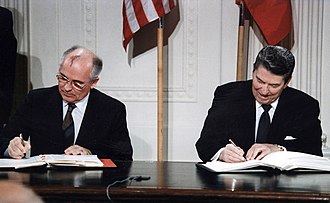
JUNE 1, 1988
The Intermediate-Range Nuclear Forces Treaty was ratified, banning all American and Soviet land-based missiles with a range of 500 to 5,500 km (310 to 3,420 mi).
The Intermediate-Range Nuclear Forces Treaty was an arms control treaty between the United States and the Soviet Union. US President Ronald Reagan
Read More
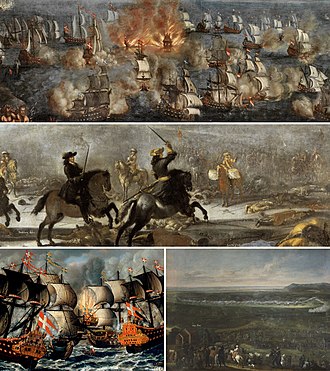
JUNE 1, 1676
Scanian War: The Swedish warship Kronan, one of the largest ships in the world at the time, sank at the Battle of Öland with the loss of around 800 men.
The Scanian War was a part of the Northern Wars involving the union of Denmark–Norway, Brandenburg and Sweden. It was fought from
Read More
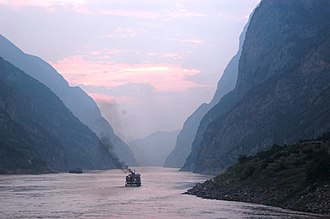
JUNE 1, 2015
The river cruise ship Dongfang zhi Xing capsized in the Yangtze, resulting in 442 deaths in China's worst peacetime maritime disaster.
MV Dongfang zhi Xing was a river cruise ship that operated in the Three Gorges region of inland China. On the night
Read More

JUNE 1, 1670
Charles II and Louis XIV signed a secret treaty, requiring England to aid France in its war against the Dutch Republic and the future conversion of Charles to Catholicism, in return for Louis making large payments to Charles and promising to aid him if there was a rebellion in England.
Charles II was King of Scotland from 1649 until 1651 and King of England, Scotland, and Ireland from the 1660 Restoration of the monarchy until his death in 1685.
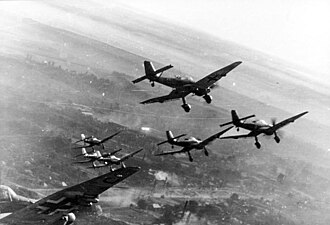
JUNE 1, 1942
World War II: The crews of three Japanese submarines scuttled their vessels and committed suicide after entering Sydney Harbour and launching a failed attack.
World War II or the Second World War was a global conflict between two coalitions: the Allies and the Axis powers. Nearly all
Read More
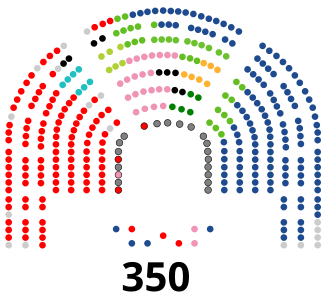
JUNE 1, 2018
For the first time since its transition to democracy, the Congress of Deputies in Spain passed a motion of no confidence against the government.
The Congress of Deputies is the lower house of the Cortes Generales, Spain's legislative branch, the upper house being the Senate. The
Read More
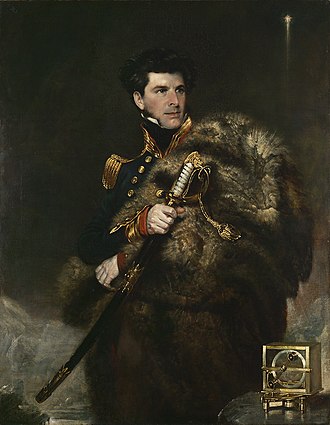
JUNE 1, 1831
British explorer James Clark Ross led the first expedition to reach the north magnetic pole.
Sir James Clark Ross was a British Royal Navy officer and explorer of both the northern and southern polar regions. In the
Read More
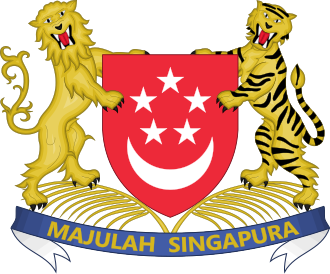
JUNE 1, 1988
Group representation constituencies were introduced to the parliament of Singapore.
A group representation constituency (GRC) is a type of electoral division or constituency in Singapore in which teams of candidates, instead of
Read More
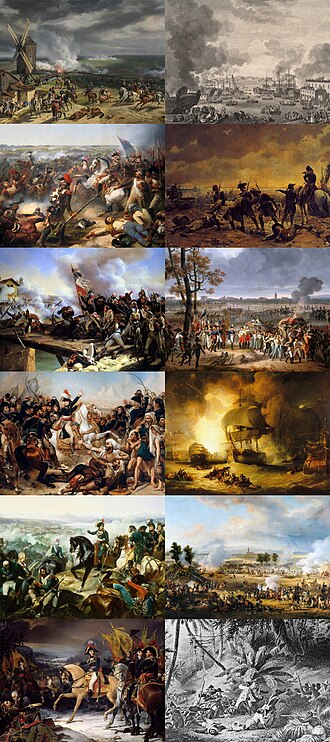
JUNE 1, 1794
French Revolutionary Wars: A British fleet captured six French ships of the line in a naval battle off Ushant that came to be known as the Glorious First of June (pictured).
The French Revolutionary Wars were a series of sweeping military conflicts resulting from the French Revolution that lasted from 1792 until 1802.
Read More
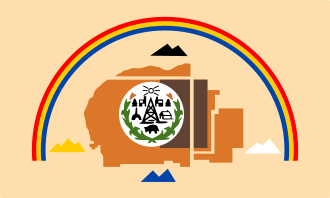
JUNE 1, 1868
The Navajo and the U.S. government signed the Treaty of Bosque Redondo, which allowed those interned at Fort Sumner to return to their ancestral lands.
The Navajo or Diné are an Indigenous people of the Southwestern United States. Their traditional language is Diné bizaad, a Southern Athabascan language.
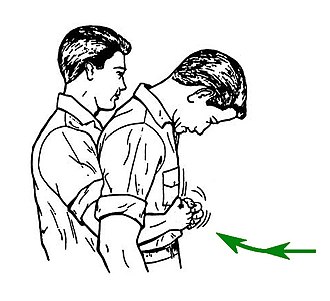
JUNE 1, 1974
In an informal article in a medical journal, Henry Heimlich introduced the concept of abdominal thrusts, commonly known as the Heimlich maneuver, to treat victims of choking.
Henry Judah Heimlich was an American thoracic surgeon and medical researcher. He is widely credited for the discovery of the Heimlich maneuver,
Read More
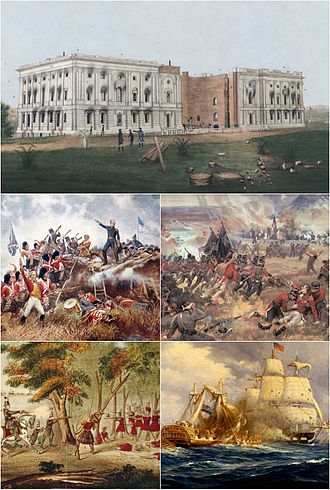
JUNE 1, 1813
War of 1812: Mortally wounded, U.S. Navy captain James Lawrence ordered his crew "Don't give up the ship!" as USS Chesapeake was captured by HMS Shannon off the coast of Boston.
The War of 1812 was fought by the United States and its allies against the United Kingdom and its allies in North
Read More
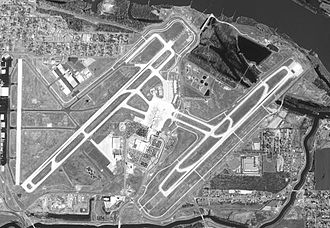
JUNE 1, 1999
On landing at Little Rock National Airport in the U.S. state of Arkansas, American Airlines Flight 1420 overran the runway and crashed (wreckage pictured), resulting in 11 deaths.
Bill and Hillary Clinton National Airport, also known as Adams Field, is a joint civil-military airport on the east side of Little
Read More

JUNE 1, 1660
Mary Dyer (pictured) was hanged in Boston for repeatedly defying a law banning Quakers from the Massachusetts Bay Colony.
Mary Dyer was an English and colonial American Puritan-turned-Quaker who was hanged in Boston, Massachusetts Bay Colony, for repeatedly defying a Puritan
Read More

